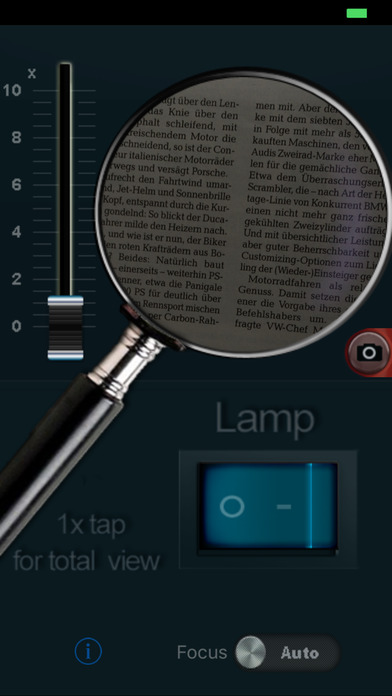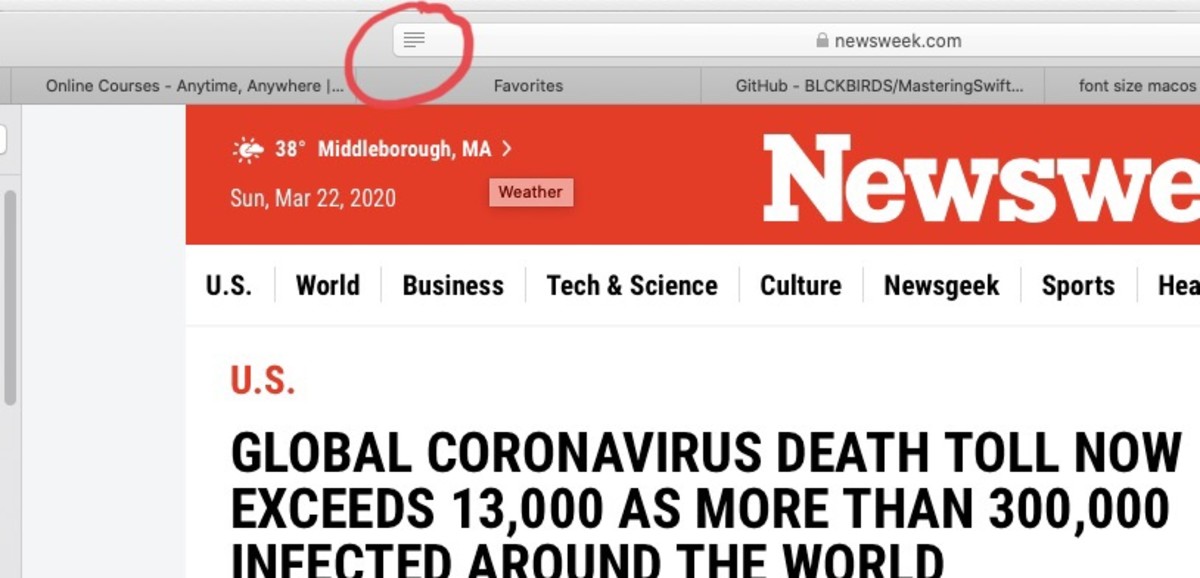

With these settings, a Two Finger Tap will toggle the Smart Magnifier on /off and a Two Finger pinch/zoom will adjust the magnification.

To this end, we have defined at the system-wide All Applications level two gestures to invoke and control the magnifier: We believe the Smart Magnifier is a really useful feature, and therefore by default we have configured it to be easily invoked using touch. With the above in mind, and to have a better understand of how the Smart magnifier works, let's have a look at the settings in UPDD Commander used to configure and control the Smart Monitor. The Smart Magnifier element is only defined once under the All Applications entry as only one set of gestures within the magnifier are appropriate, hence this element does not need to be inherited by other defined applications. These are the system-wide gestures and actions that apply to all applications, unless they are overridden by specific named application entries.įurther, an Application entity is further subdivided into sub elements related to the Application user interface such as Menu items, scrollable areas and now, a special Magnifier entry used to configure and control aspects of the magnifier. If you are familiar with UPDD Commander general functionality and configuration, you will know that a default set of gestures and actions are defined against an application entry called All Applications. The other 'Smart' element is the manner in which the magnifier can be controlled with touch once on the screen, using gestures to adjust magnification and to toggle on / off the magnifier or to change shape or size. The offset will depend on the location of the click within the magnifier (central clicks will be more accurate than edge clicks) and degree of magnification. However, because the magnifier has been developed for touch usage, should a mouse be used within the magnifier, it does not recalculate, so the actual click might be offset from the magnified location of the click. When using touch within the magnifier to generate a click, Commander recalculates the non-magnified co-ordinate needed to click the magnified item and therefore the touch click will be accurate. The real 'Smart' element of the Smart Magnifier is the way clicks and movements are passed through the magnifier to the underlying application to facilitate natural and accurate interaction. With the default configuration, it is also possible to just perform two finger expand where the magnifier is required such that it will appear at the point of touch The Smart Magnifier can be instantly invoked with a gesture, such as a Two Finger Tap, directly under the point of touch.

Without magnificationĪ introductory video of the Smart Magnifer can be viewed here.
ZOOM IT MAGNIFIER APP WANT TO RECORD CONTENTS OF MY SCREEN PORTABLE
In the example below, a Digital Audio Plugin is magnified to allow easy and natural control of the plugin controls using touch.Įven the smallest controls, such as the THD control, shown below, can be easily selected and adjusted using touch, even on small portable touch screen monitors. The Smart Magnifier is especially useful in applications that have many small selectable elements, such as dials or sliders, that have been designed for mouse or trackpad control or are especially small when used on small monitors, such as a mobile touch monitors often used as a secondary monitor. This magnifier feature is in addition to the ' Click UI element' function that also offers accurate touching of small clickable UI controls by directing touches to the nearest clickable control to the actual point of touch, thus ensuring the click is generated on the intended target rather than the point of touch. The Smart Magnifier, introduced in Commander version 1.2.0, is a magnified area of the desktop that allows for accurate touching and control of small desktop UI elements and is available for both macOS and Windows. Warning issued if permission not set when invoking magnifier Please note for Smart Magnifier to work in macOS you must give permission to UPDD Commander in the Screen Recording section in Security and Privacy.


 0 kommentar(er)
0 kommentar(er)
